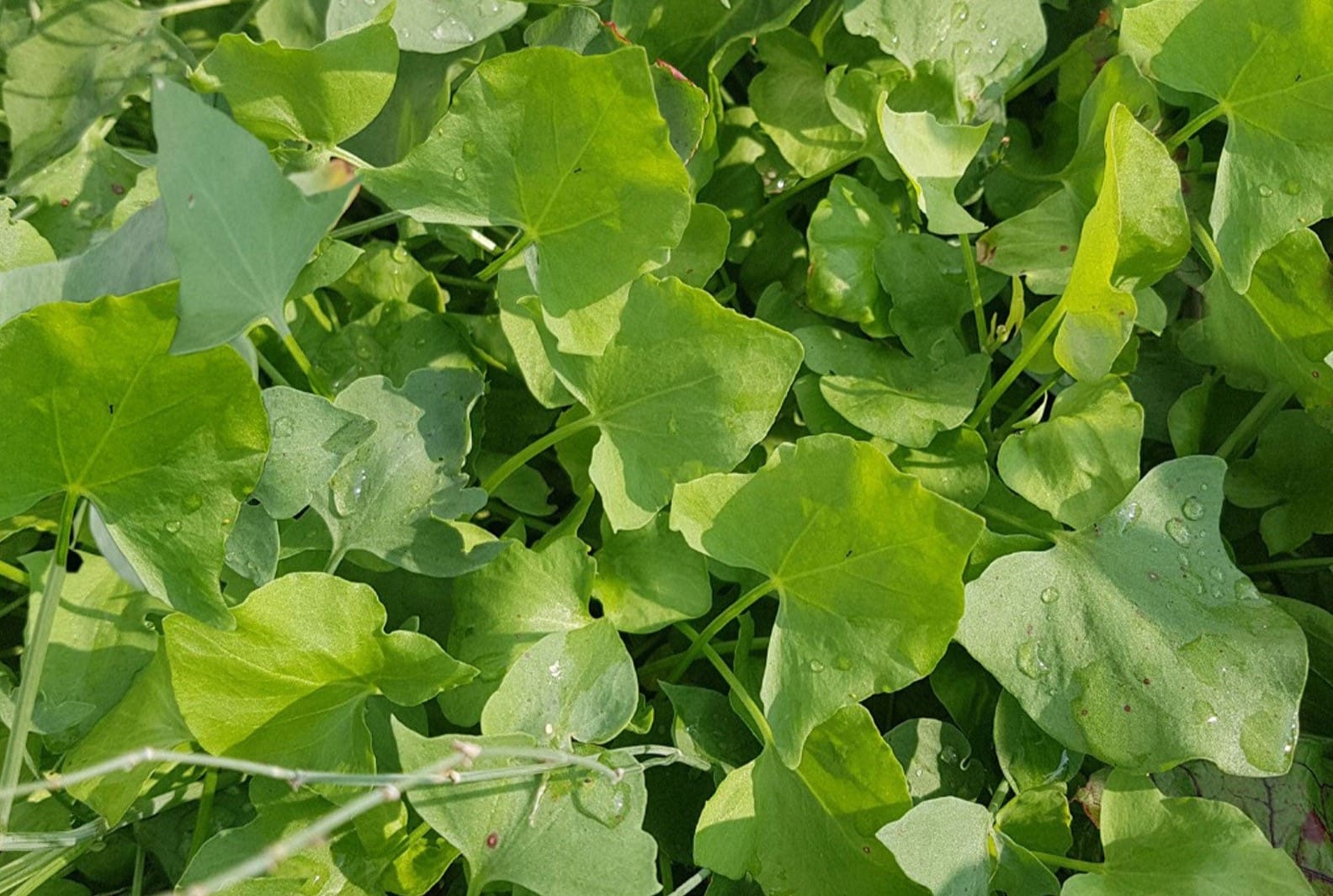
French sorrel is a leafy green herb that often flies under the radar in many kitchens. But did you know it has a rich history and numerous health benefits? French sorrel is not just any ordinary plant; it has been used for centuries in various cuisines and traditional medicines. Its tangy, lemony flavor can elevate a simple dish into something extraordinary. Whether you're a seasoned chef or a home cook, incorporating French sorrel into your meals can add a unique twist. From its nutritional value to its culinary versatility, this herb deserves a spot in your garden and on your plate. Ready to learn more? Let's dive into 20 intriguing facts about French sorrel that will make you appreciate this humble herb even more.
Key Takeaways:
- French sorrel, a tangy herb, is rich in vitamin C and can be grown easily in your garden. It's perfect for salads, soups, and sauces, and offers health benefits like antioxidants and anti-inflammatory properties.
- French sorrel, a versatile herb, has been cherished for centuries. It's used in traditional medicine and offers health benefits, but excessive consumption should be avoided due to its oxalic acid content.
What is French Sorrel?
French sorrel, a perennial herb, has been cherished for centuries. Its tangy, lemony flavor makes it a favorite in culinary dishes. Let's dive into some fascinating facts about this unique plant.
-
French sorrel belongs to the buckwheat family, Polygonaceae. It's closely related to rhubarb and dock.
-
The plant's scientific name is Rumex scutatus. This name reflects its shield-shaped leaves.
-
French sorrel is native to Europe and parts of Asia. It thrives in temperate climates.
-
This herb has been cultivated since ancient times. Romans and Egyptians used it for its medicinal properties.
-
French sorrel leaves are rich in vitamin C. This makes them a great addition to a healthy diet.
Growing French Sorrel
Growing French sorrel in your garden is quite simple. It requires minimal care and can thrive in various conditions.
-
French sorrel prefers well-drained soil. It can tolerate both full sun and partial shade.
-
The plant is hardy in USDA zones 4-9. This means it can survive in a wide range of temperatures.
-
French sorrel can be grown from seeds or cuttings. Seeds should be sown in early spring.
-
Once established, French sorrel is drought-tolerant. However, regular watering will promote better growth.
-
The plant can reach up to 18 inches in height. Its leaves are typically 2-4 inches long.
Culinary Uses of French Sorrel
French sorrel's unique flavor makes it a versatile ingredient in the kitchen. It's used in various dishes around the world.
-
The leaves can be eaten raw in salads. Their tangy taste adds a refreshing twist.
-
French sorrel is often used in soups and sauces. It pairs well with fish, chicken, and eggs.
-
In France, it's a key ingredient in soupe à l'oseille. This traditional soup is made with sorrel, potatoes, and cream.
-
The herb can also be used to make sorrel pesto. This is a zesty alternative to traditional basil pesto.
-
French sorrel leaves can be pureed into a sauce. This sauce is perfect for drizzling over grilled meats.
Health Benefits of French Sorrel
Beyond its culinary uses, French sorrel offers several health benefits. It's packed with nutrients and has been used in traditional medicine.
-
French sorrel is high in antioxidants. These compounds help protect the body from free radicals.
-
The herb has anti-inflammatory properties. It can help reduce swelling and pain.
-
French sorrel is a natural diuretic. It helps promote healthy kidney function.
-
The plant has been used to treat digestive issues. Its leaves can soothe an upset stomach.
-
French sorrel contains oxalic acid. While beneficial in small amounts, excessive consumption can lead to kidney stones.
Final Thoughts on French Sorrel
French sorrel is more than just a leafy green. Packed with vitamins and minerals, it offers a tangy flavor that can elevate any dish. Whether you're adding it to soups, salads, or sauces, this versatile herb brings a unique taste and numerous health benefits. It's easy to grow, making it a great addition to any home garden. Plus, its medicinal properties have been valued for centuries. From aiding digestion to boosting the immune system, French sorrel is a powerhouse of nutrition. So next time you're at the market or planning your garden, consider giving French sorrel a try. Your taste buds and your body will thank you.
Frequently Asked Questions
Was this page helpful?
Our commitment to delivering trustworthy and engaging content is at the heart of what we do. Each fact on our site is contributed by real users like you, bringing a wealth of diverse insights and information. To ensure the highest standards of accuracy and reliability, our dedicated editors meticulously review each submission. This process guarantees that the facts we share are not only fascinating but also credible. Trust in our commitment to quality and authenticity as you explore and learn with us.


